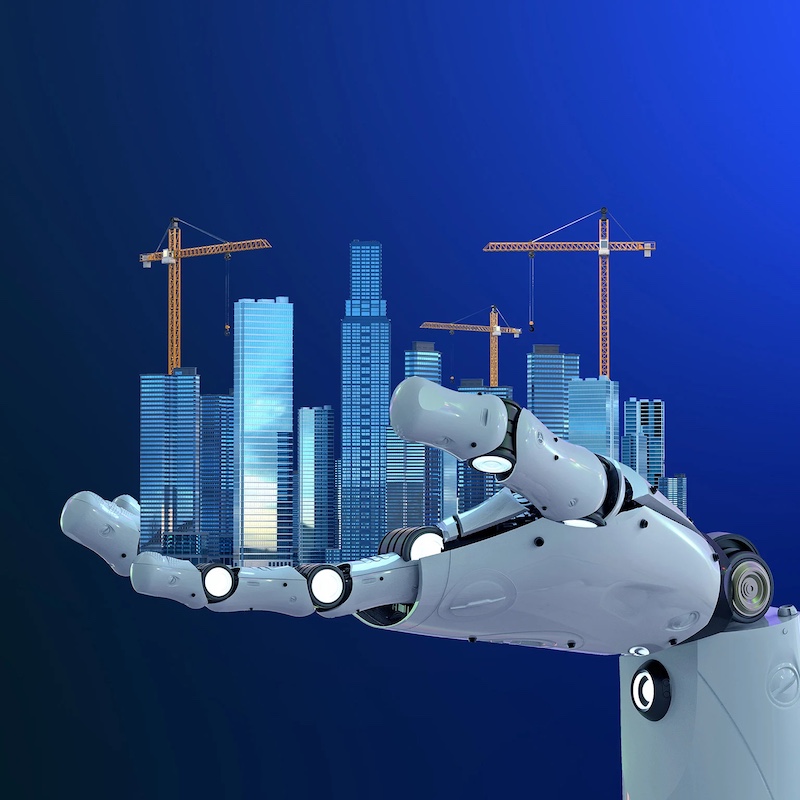The global construction industry is accelerating efforts to adopt humanoid robots as it grapples with a persistent productivity slump and ongoing labour shortages, according to a new report from McKinsey & Company.
In a note emailed to Robotics & Automation News, a spokesperson for McKinsey highlighted the pressure facing the sector.
“Stuck in a cycle of meager productivity growth rates – which stood at only 0.4 percent from 2000-2022 – and with talent pools continuing to thin, it isn’t surprising to see that the construction industry is struggling to keep up with demand and is leaving no stone unturned in hopes of innovation – including humanoid robots.”
The consultancy’s new report – Humanoid robots in the construction industry: A future vision – argues that while the technology is in its early stages, accelerating advances in robotics and embodied AI could position humanoids as a key tool for improving efficiency and easing labour constraints over the next decade.
Productivity pressures and promise of humanoids
McKinsey notes that construction productivity has lagged far behind sectors such as manufacturing, which achieved a 3.0 percent compound annual growth rate over the same period.
At the same time, demand for new housing and infrastructure is rising, while experienced workers retire and fewer young people enter the field – deterred by physical risks and uncertain career prospects.
Specialised construction automation already exists in areas such as bricklaying and precast manufacturing, but real-world sites remain difficult environments for robots because of continuous change, uneven terrain and safety needs.
Humanoid robots, designed to navigate human-built spaces and use human tools, could close that gap – if developers can overcome challenges in mobility, dexterity, safety and regulatory approval.
The report suggests humanoids could initially support workers with simple, repetitive tasks such as preparing tools, unloading materials, or cleaning work areas.
Tasks like drywall installation, painting, and interior finishing are cited as early candidates, particularly in structured or repetitive environments like high-rise housing projects.
Feasibility – and limits
According to the note outlining the research, “In coming years, humanoid deployments will likely continue to focus on a narrow set of simpler, repetitive tasks”, with demolition, interior manufacturing and construction services among the most feasible near-term roles.
By contrast, “framing structures and building technology are projected to be among the least feasible tasks”.
McKinsey stresses that humanoids will act as assistants rather than replacements, with humans continuing to supervise and perform complex reasoning tasks.
The firm also notes that early adopters may gain an advantage in shaping deployment standards and attracting robotics talent – but face risks if the technology develops more slowly than expected.
Preparing for deployment
The consultancy recommends that construction firms begin assessing potential use cases and build digital infrastructure and data pipelines to train robot models. Preparatory steps could include “innovation gym” pilot environments, tele-operated testing, and partnerships with robotics OEMs.
While humanoid deployment on construction sites remains a future scenario rather than a near-term reality, McKinsey argues that organisations which plan early may be best placed to benefit if costs fall and performance improves.

